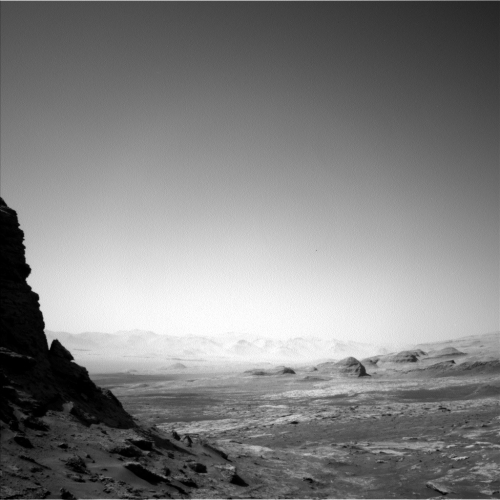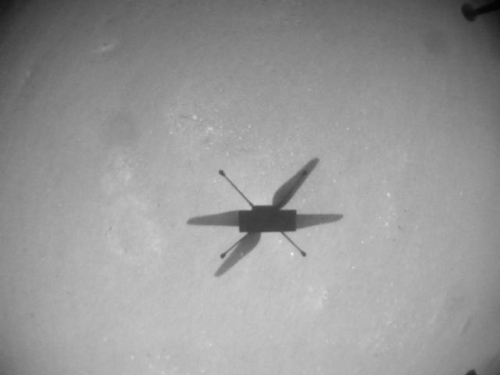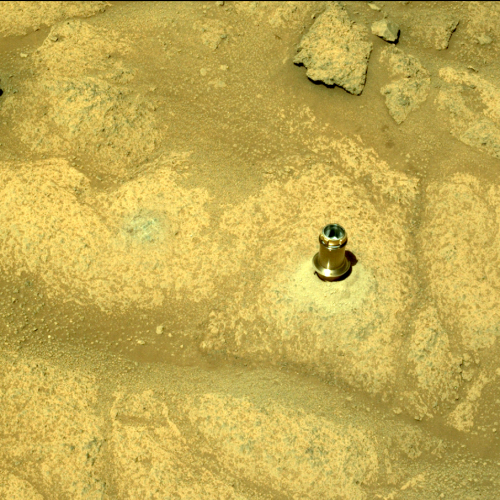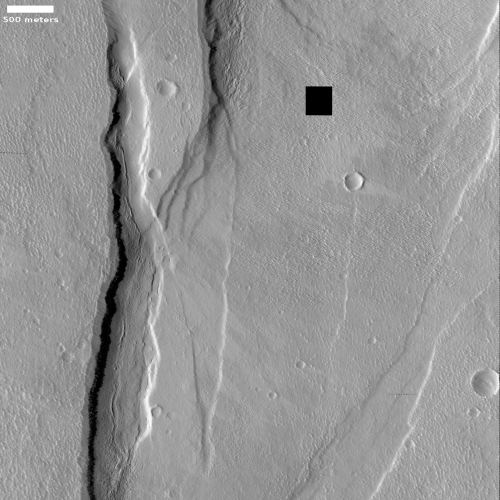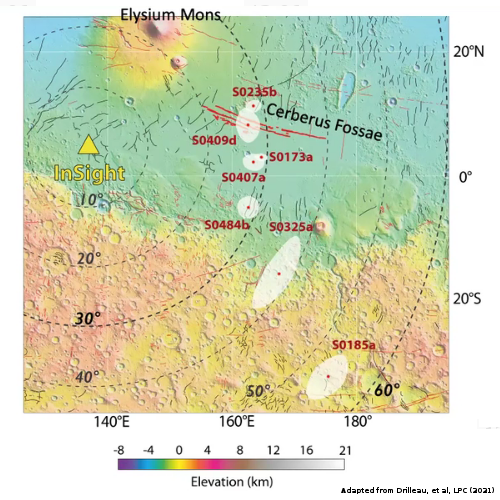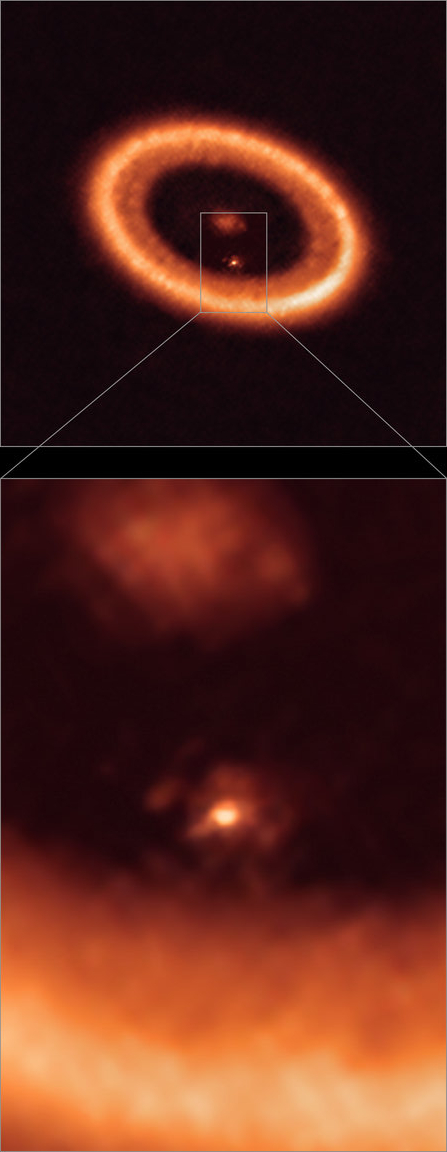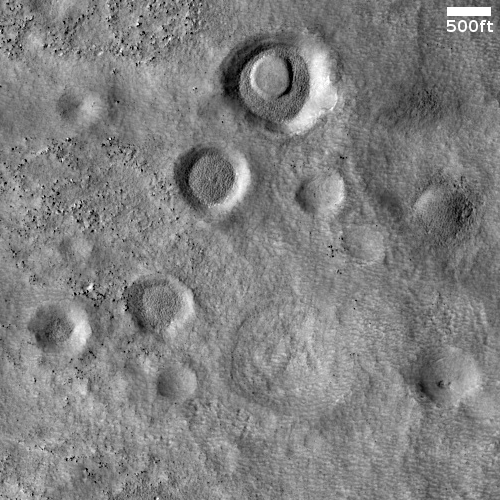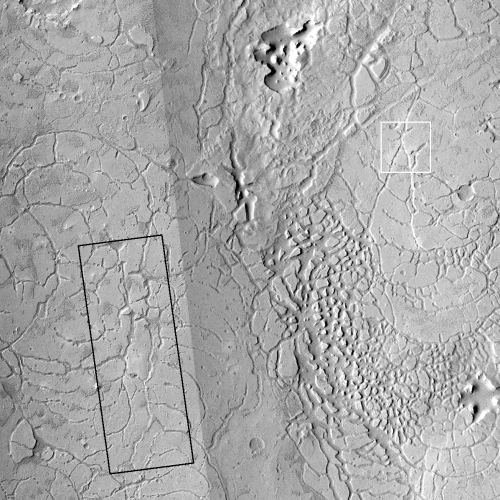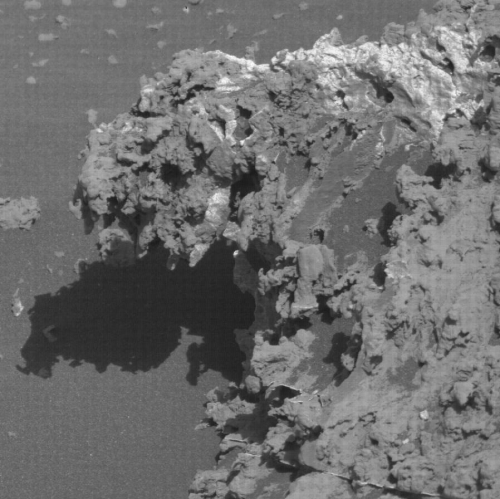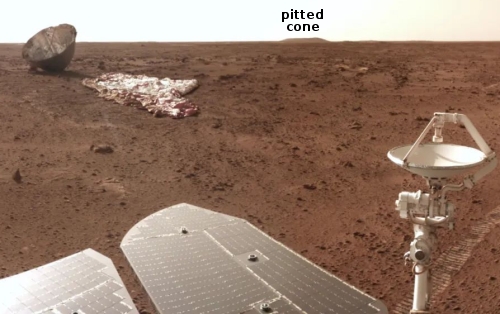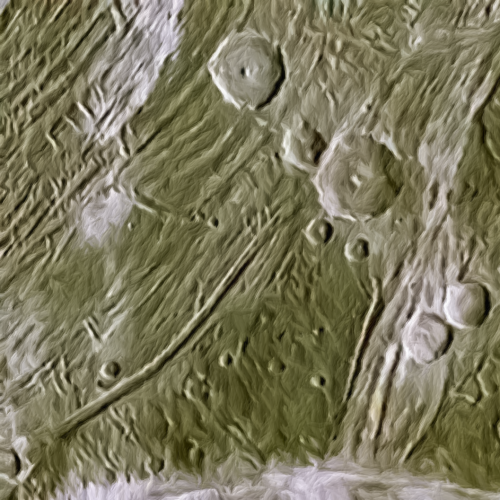Nauka finally docks with ISS
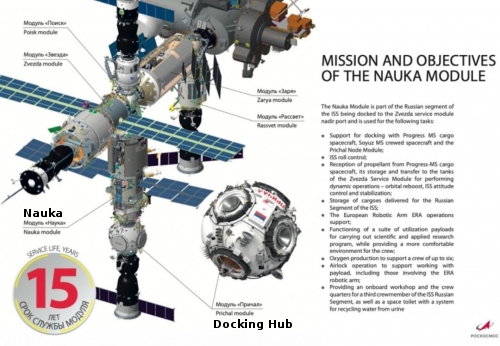
The configuration of the Russian portion of ISS with
Nauka and the as-yet launched docking hub.
This morning the new fullsize module to ISS, Nauka, finally docked with the station, ending a week of tension because of issues with its engines.
The docking was not without issue, with Russian cosmonauts noting that Nauka wasn’t on the correct course less than an hour before docking; however, a retro burn quickly corrected the issue. After also troubleshooting an issue with the TORU manual docking system, Nauka successfully docked in automated fashion to the Zvezda service module’s nadir port at 09:29 EDT / 13:29 UTC, marking the first major expansion to the Russian segment for over 20 years.
They will now begin a series of eleven spacewalks to outfit the module. This includes installing a new European-built robot arm and transferring an airlock and radiator on a different module that were originally built to be attached to Nauka and have been waiting eleven years for its much delayed arrival.
In November Russia will then launch a small docking hub module that will dock with Nauka and provide the docking ports that were lost when the Piers module was detached earlier this week (thus allowing Nauka to dock). This new docking hub is also critical, because it will allow Russia to limit dockings to the aft port on Zvezda, which has serious structural stress issues and must be treated gently to prevent further hull cracks and air leaks.

The configuration of the Russian portion of ISS with
Nauka and the as-yet launched docking hub.
This morning the new fullsize module to ISS, Nauka, finally docked with the station, ending a week of tension because of issues with its engines.
The docking was not without issue, with Russian cosmonauts noting that Nauka wasn’t on the correct course less than an hour before docking; however, a retro burn quickly corrected the issue. After also troubleshooting an issue with the TORU manual docking system, Nauka successfully docked in automated fashion to the Zvezda service module’s nadir port at 09:29 EDT / 13:29 UTC, marking the first major expansion to the Russian segment for over 20 years.
They will now begin a series of eleven spacewalks to outfit the module. This includes installing a new European-built robot arm and transferring an airlock and radiator on a different module that were originally built to be attached to Nauka and have been waiting eleven years for its much delayed arrival.
In November Russia will then launch a small docking hub module that will dock with Nauka and provide the docking ports that were lost when the Piers module was detached earlier this week (thus allowing Nauka to dock). This new docking hub is also critical, because it will allow Russia to limit dockings to the aft port on Zvezda, which has serious structural stress issues and must be treated gently to prevent further hull cracks and air leaks.



